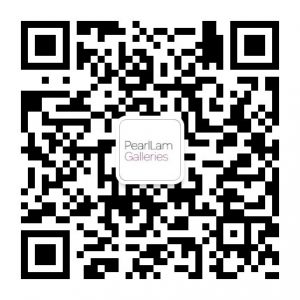TAIWAN— Grand Immensity-the Art of Xiaobai Su features a total of 33 pieces of painting and installation art created by Su Xiaobai in the years between 2006 and 2013. These works demonstrate how the artist creates a sense of layered texture and variety by uniting a careful choice of mediums. It is particularly noteworthy that Three Hundred Leafs, a piece of installation art, provides a space of dialogue between the artist and the viewers. The success of this exhibition owes much to the support of many institutions and individuals. I would particularly like to thank Yuanta Financial Holdings, Yuanta Cultural & Educational Foundation for their generous sponsorship, and TKG Foundation for Arts and Culture for their active participation in the organization of this exhibition. We hope that this exhibition will take us into a wonderful spiritual world built in the form of abstract color blocks, and greatly enhance our understanding of this brilliant artist whose approach to art is meticulous and well thought out, and whose visual language innovative and universal.
Su Xiaobai is dedicated to achieving purity of his art in the quest for originality and authenticity. He abandons realistic portrayal of nature in favour of simple, clean imagery which is nevertheless rich and subtle. In Su’s expressionist paintings, large blocks of colours overlap or fuse together, creating subtle variations of hues and tones. Albeit non-representative, these paintings invoke unmediated aesthetic experience with the purity of the colours and forms. Su’s largely Western expressionist style is created using traditional types of medium such as lacquer which, with its fluidity, unique hues and smooth surface, gives the painting a warm quality and a deep, rich texture. Use of linen and emulsion adds an extra edge and expressive power to the painting. The relationship between the art form and mediums in Su Xiaobai’s work is beyond the traditional Eastern vs. Western, or the form vs. contents debates. Instead, Su Xiaobai’s art, which reflects the artist’s wealth of cross-cultural experience, surpasses the boundaries of nations or cultures, is supported by a unique visual language which is universal and global.



